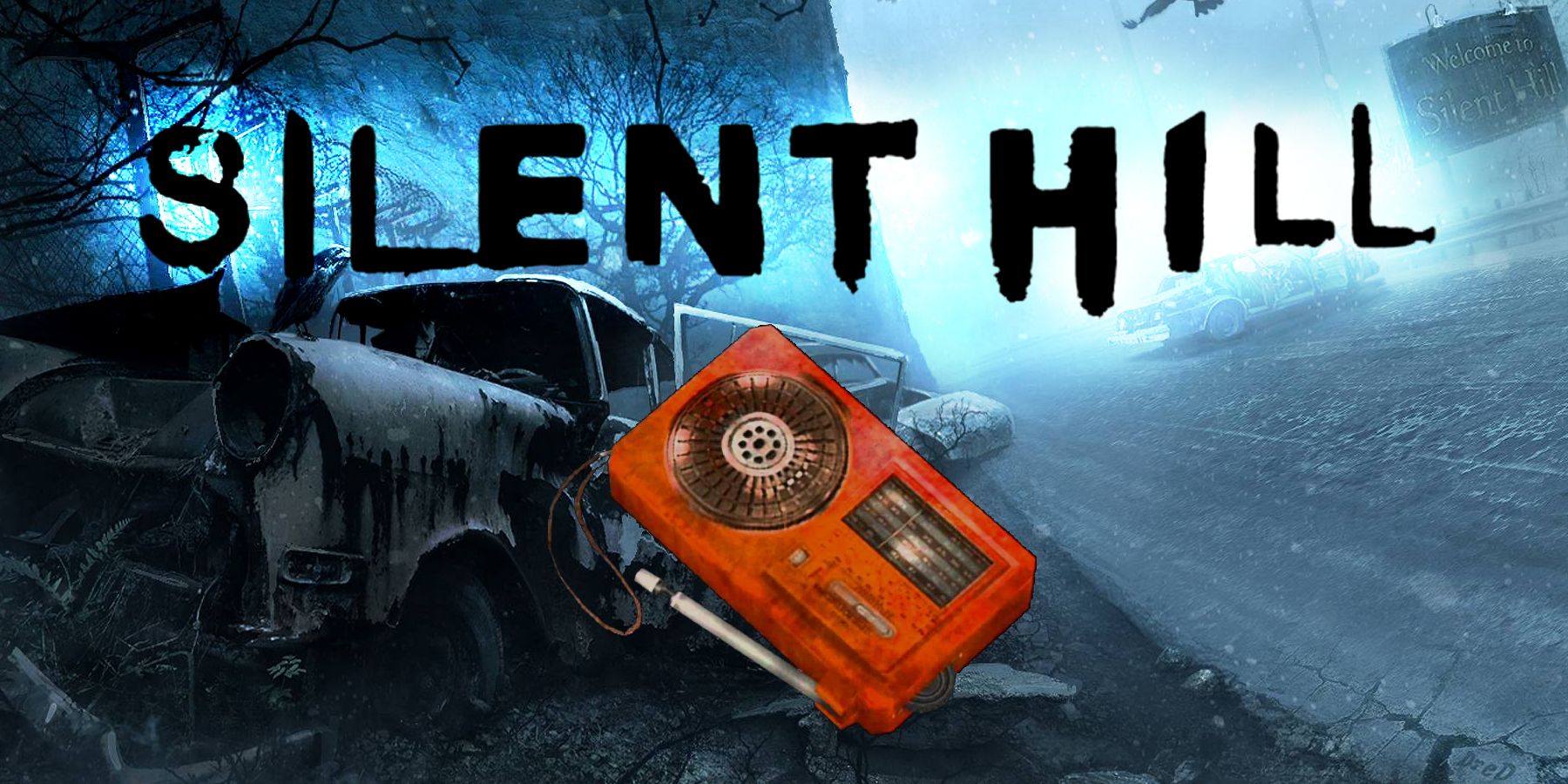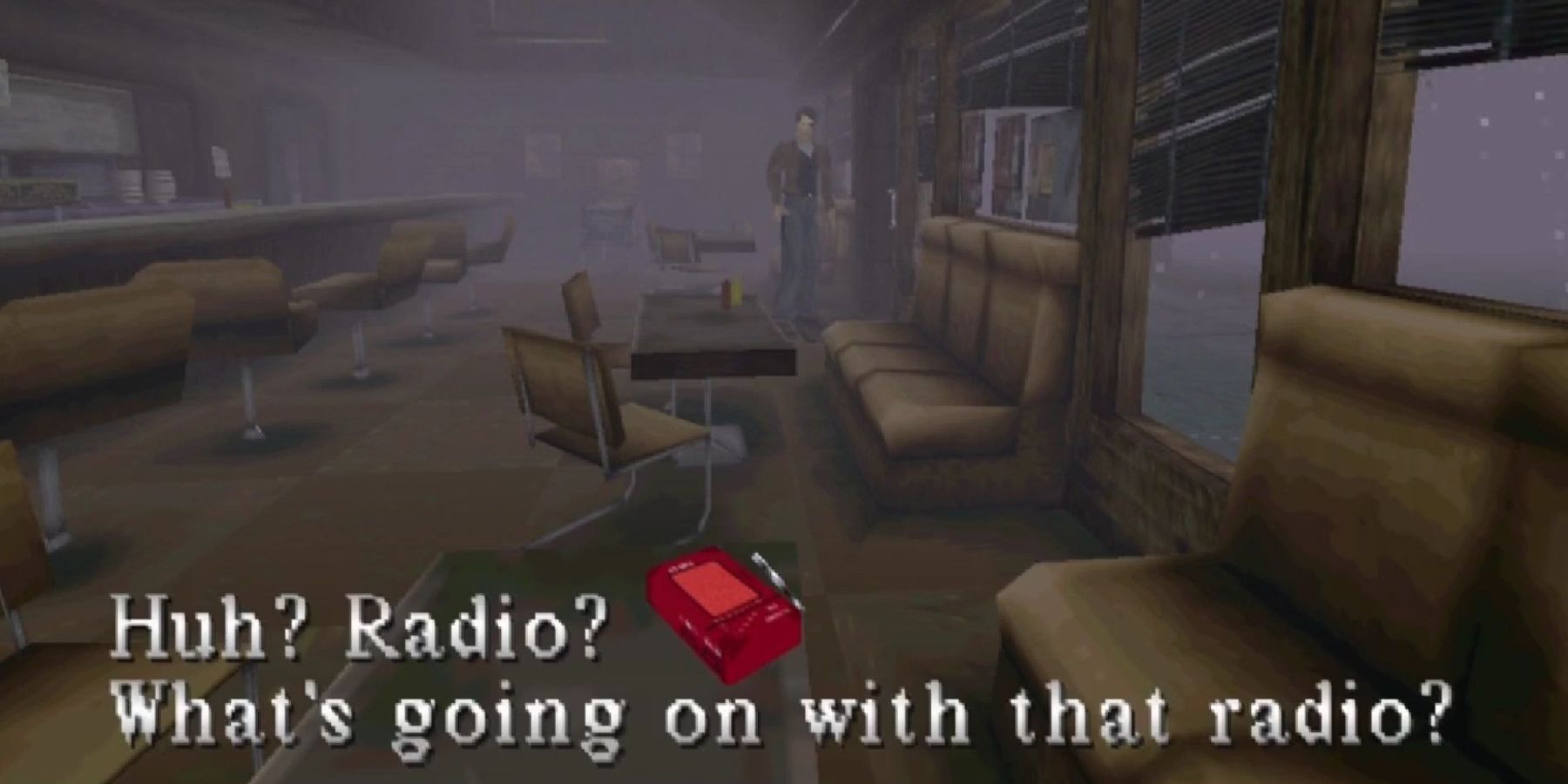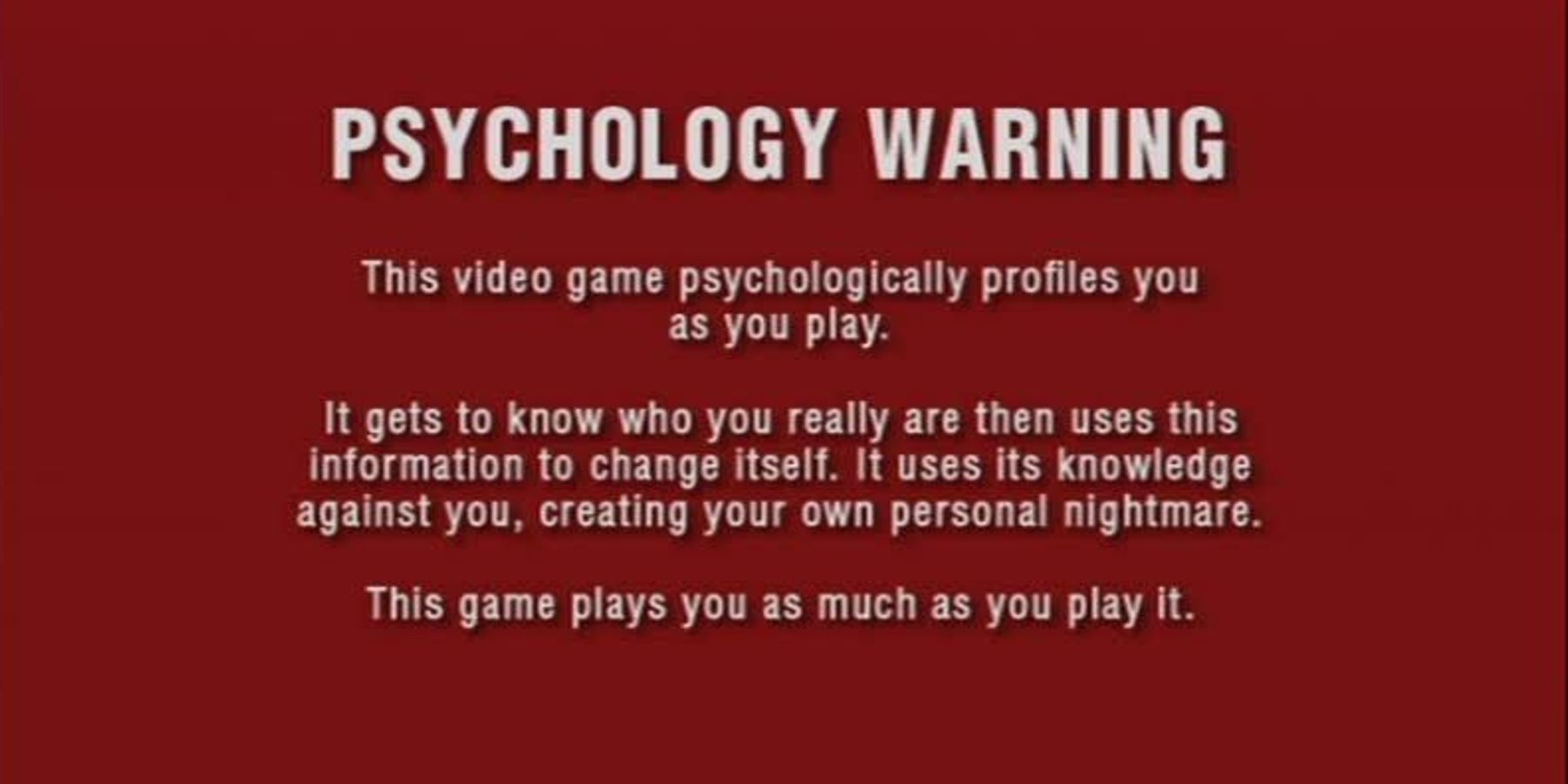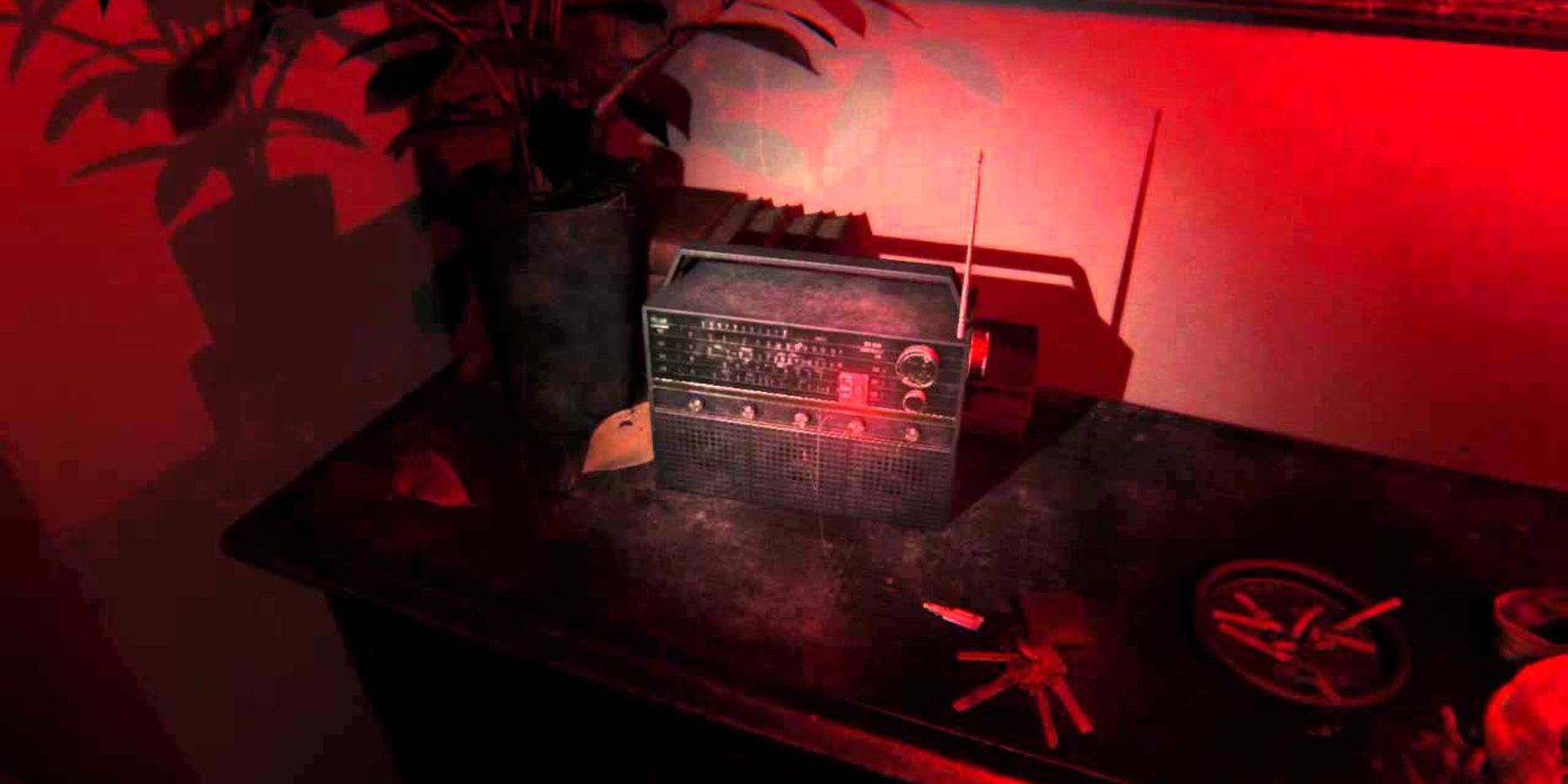Often cited as some of the scariest video games ever, the Silent Hill series played a huge part in establishing the survival horror genre. The most effective survival horror games give players limited items to survive in horrific scenarios. While members of STARS or the BSAA in Resident Evil were well-equipped for battle, the Silent Hill games focus on untrained civilians in an increasingly psychological horror setting. Without any combat training, the playable character must use whatever other resources are available to survive in Silent Hill. These resources are often technological in nature, such as the radio, and examining how Silent Hill employs such features reveals how these games carefully utilize technology in crafting the ultimate horror experience.
As will become evident below, the early Silent Hill games often present analog technology as almost supernatural and prone to spooky malfunctions. The later games, up to and including PT, use more and more digital technology capabilities to increase the paranoia and fear of the gameplay experience. These games position the town of Silent Hill as a place where repressed emotions become manifest, and the enemies in the game very obviously reflect this. As such, it makes sense that the survival tools available in the games also have symbolic meaning.
Broken and Possessed Analog Technology
Like most survival horror titles, the Silent Hill games limit the amount of ammo and weapons available, and carefully managing this lack of resources is essential to surviving the game. Survival horror games employ a variety of different tactics to compensate for the lack of available resources. In the Silent Hill games, the broken radio serves as an early warning system for nearby threats and features in almost every game. What's unique about this is that it's only in being broken that the technology actually becomes useful through its mystical ability to detect enemies. In the town of Silent Hill, though, the player must rely on very basic technology. An example of this is the lack of a HUD, with gamers having to repeatedly refer to a paper map in-game, a simple flashlight, a broken radio, and whatever weapons the player can find.
Radio waves being interpreted as a supernatural force is not a concept exclusive to Silent Hill games, but when considered with all the other technologies seen in the games, a clear pattern emerges. In addition to the radio, players can find VHS tapes in the first two games, some of which are broken and others that will jam as soon as they're played. Again, analog technology is somewhat supernatural in this case.
For Silent Hill: Shattered Memories, both the flashlight and radio are replaced by Harry's phone (a notably digital technology discussed below). In Silent Hill 4: The Room, there is no portable radio, but there is a radio in Henry's room. Like other games, the radio in Silent Hill 4 can detect the supernatural, and like other analog technologies in Henry's apartment, it performs unpredictably. This radio is not as broken as in other games, and Henry can listen to it when it's not emitting static. However, since it cannot be carried around, the game still introduces a limitation associated with the analog technology.
Capable and Horrifying Digital Technology
As the Silent Hill series progresses, the games begin to more explicitly incorporate digital technology in crafting a horror gaming experience. This is most evident in Silent Hill: Shattered Memories. This game begins with a warning telling the player they are about to be psychologically profiled. The gameplay of Shattered Memories is then altered by certain in-game actions and dialogue; the player then receives a psychological evaluation at the end of the game. In doing this, the game reminds players that it itself is a digital technology that can track and monitor user inputs. As such, a feeling of paranoia is evoked, as if the highly capable digital technology in this case is always watching. Replacing the radio and flashlight with Harry's phone further emphasizes how Shattered Memories incorporates digital technology.
However, the psychological profiling described in Shattered Memories was actually introduced in Silent Hill 2, though just in a much less explicit way. In the second game, the ending is affected by seemingly random player interactions such as how many times the player looks at the photo of Mary in their inventory. As such the game's have always used digital means to evoke fear and paranoia in the player, and Shattered Memories simply makes this more explicit. Obviously, a mobile phone would have a lot more relevance to a contemporary audience than a broken radio would, and so this change likely reflects the progression of technology since the first game.
PT's Use of Technology
Although the future of Silent Hill is incredibly uncertain, and fans aren't optimistic, the pattern from previous games meant that future Silent Hill games would have plenty of material to explore considering how quickly technology has continued to develop. PT truly emphasized the potential here, as figuring out how to finish the short teaser became a massive talking point online. While previous Silent Hill games tracked certain seemingly random actions in-game, PT required them to finish the demo. The best and most reliable way to finish PT is still under some debate amongst fans, and the actions required can vary from yelling into a plugged microphone to taking an exact amount of steps in certain directions. This difficulty in figuring out what actions that game required was a large part of its success and was only possible with more advanced technology.
Like previous Silent Hill games, PT lacked a HUD and there is a mysterious and supernatural radio, this time a permanent fixture like in Silent Hill 4. The landline phone seen in PT is also yet another example of an older technology being possessed in some way. PT also features some themes from previous Kojima games that combine technology and horror well, such as random error/game over screens appearing. In this way, Kojima was able to bring his own trope of games behaving unexpectedly or even trying to convince the player to stop playing (such as in Metal Gear Solid 2) to the established world of Silent Hill, where technology is often possessed or broken to make it seem as though the game itself has become part of the horror experience.
While PT never got a chance to be made into a full game, it was able to elevate the technology-based horror elements seen in previous Silent Hill games; as such, PT joins the rest of the games in the series as being hugely influential.




